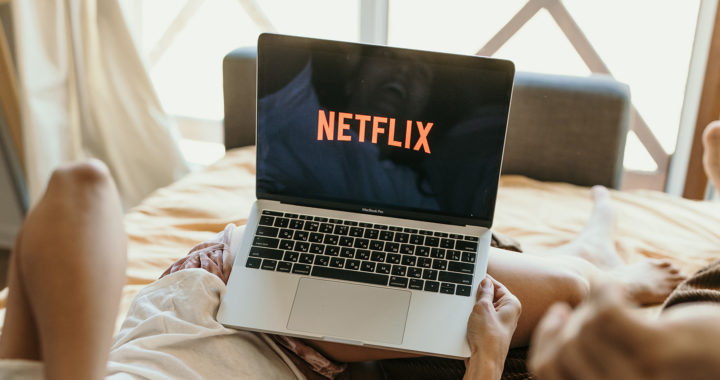Netflix has disrupted the movie and television industries. It is one of the pioneers in providing on-demand video streaming services. It has an established presence and reach in global markets including North America, Latin America, Europe, South Africa, the Middle East and Near East, and Southeast Asia and the Pacific regional markets.
However, more video streaming service providers have emerged. These include the premium services of YouTube, Amazon Prime, Apple TV, HBO Go and HBO Max, Hulu, and Disney Plus, as well as regional and niche-oriented streaming service providers offering curated content relevant to their more specific target audiences.
This article analyzes the position of Netflix within its industry and how it compares to the competition using the Five Forces framework of Michael E. Porter. These forces include the intensity of competitive rivalry, threat of substitute products or services, threat of new entrants, the bargaining power of consumers, and the bargaining power of suppliers.
Analyzing Netflix Using Porter’s Five Forces Model
1. Industry or Competitive Rivalry
There is intense competition within the video streaming service market. This comes from the presence of different providers offering their respective unique selling points and threatening the value offerings of each other. Competitive rivalry is a strong force for Netflix.
Note that Amazon and HBO have their own streaming service platforms that offer several similar video and series titles on top of their unique and exclusive titles produced by their in-house production teams or exclusively licensed under their respective brands.
The introduction of Disney Plus has made almost all of the titles produced by The Walt Disney Company and its subsidiaries such as Lucas Films, Marvel Studios, 20th Century Studios, Pixar Animation Studios, and Disney Animation Studios exclusive.
Netflix has banked on its strengths to compete against these service providers for audience share. The competition boils down to which company has the largest and most appealing library of movies and series, as well as the best technology to enable a seamless viewing and user experience.
2. Threat of Substitutes
Remember that video streaming service providers have disrupted the movie and television industries. The substitute for on-demand videos are movies shown in movie theaters or cinemas and television shows broadcasted or aired on television.
Viewership in cinemas and televisions has decreased in recent years in developed and developing countries due to the arrival and expansion of video streaming. However, both have remained relevant substitutes for on-demand videos.
The threat of substitutes remains low for Netflix. However, some might consider other digital products and services such as video games, social media, and short-form video platforms such as TikTok as substitutes because they also provide entertainment value.
3. Threat of New Entrants
Setting up a video streaming service company capable of reaching a wider audience requires large capital and other resources. Providers such as Netflix are also considered tech companies because they are dependent on technology and innovation.
It is also important to highlight the fact that a streaming service provider needs to either secure licenses to stream video content or have the capabilities to produce their own. Remember that the success of a provider depends on the quality and size of its library.
The threat of new entrants is low to moderate to a certain extent. However, for established companies with substantial resources, this threat heightens. Consider Amazon and Walt Disney as examples. They were able to enter the market with relative ease.
4. Bargaining Power of Buyers
The bargaining power of buyers is a strong force for Netflix. This comes from the fact that there are other established video streaming service providers in the market. Consumer preference can be determined by different but relevant factors.
One example of these factors, as mentioned above, is the quality and size of the video library. A provider needs to differentiate itself from the rest while also offering a high-quality and large volume of video titles to attract consumers.
The consumers of these services can also be sensitive to price. Some might not be too keen on subscribing to different platforms. Others might forego one if the other is more expensive. Revenue models based on advertising threaten subscription-based models.
5. Bargaining Power of Suppliers
Licensing movies and series for streaming is one of the main challenges of video streaming service providers. Their main suppliers are production studios or outfits and content distributors. Remember that these providers depend on the quality and size of their libraries.
Netflix has struggled with keeping several movie and series titles on its platform due to producers moving to other platforms or entire production outfits launching their own video streaming platforms. The bargaining power of suppliers is a strong force.
The company has seen an exodus of titles in recent years. These include the Lord of the Rings trilogy and the popular sitcom series Friends migrating to HBO or films and series under The Walt Disney Company such as the Marvel Cinematic Universe franchise.
Nevertheless, for its part, Netflix deals with this threat by expanding its in-house production capabilities and partnerships with other production studios. It has a decent number of original content, and some of which have garnered large viewership and following.






